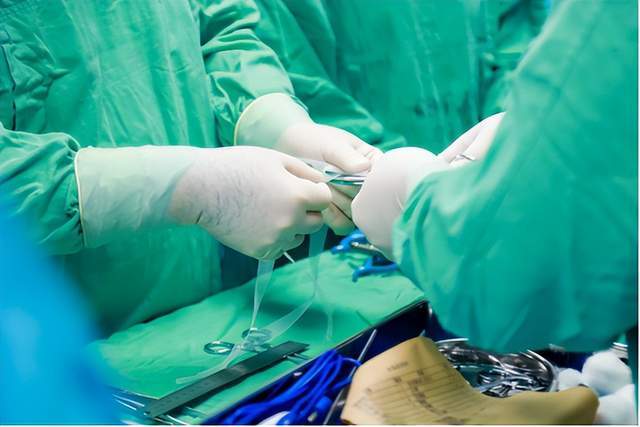The involuntary leakage of urine caused by increased abdominal pressure during activities such as sneezing, coughing, laughing, exercising, or lifting heavy objects is medically defined as stress urinary incontinence, a common condition that affects the quality of life for women, particularly in middle-aged and elderly women.
Stress urinary incontinence can be classified into three degrees: mild, moderate, and severe, depending on the severity of clinical symptoms. For mild patients, improving pelvic floor muscle strength and endurance can generally alleviate incontinence symptoms. For patients with moderate to severe stress urinary incontinence, surgical treatment is an effective option.
Urethral sling procedures, particularly mid-urethral tension-free sling procedures (such as TVT and TVT-O), have developed based on a deep understanding of the female pelvic anatomy and the proposal of the “hammock” hypothesis. According to this theory, the displacement of the urethra occurs due to the relaxation or damage of the supportive structures below the urethra, preventing effective closure during increased abdominal pressure. The urethral sling procedure aims to enhance the support of the mid-urethra by implanting a synthetic sling, thereby controlling urine leakage.
Due to its minimally invasive, efficient, and safe characteristics, mid-urethral tension-free sling procedures are currently one of the preferred methods for treating stress urinary incontinence. Clinical statistics from both domestic and international sources indicate that the success rate of this surgery can exceed 95%. With the continuous promotion of clinical applications and the advancement of surgical techniques, mid-urethral tension-free sling procedures are expected to play an increasingly important role in treating stress urinary incontinence.
Regarding concerns about the surgical outcomes, Wang Biao, the head of the Urology Department at Beijing Chaoyang Hospital affiliated with Capital Medical University, stated: There is no absolute answer to how long the effects of the urinary incontinence sling procedure will last. Generally speaking, most patients can maintain results for over 20 years, or even longer. However, the specific duration is influenced by various factors, including the patient’s physical condition, the details of the surgical procedure, postoperative care, and rehabilitation. Patients with milder conditions may find it easier to achieve lasting surgical effects, while those with more severe conditions may require more attention and care to maintain the results.
If a patient is in good health, the surgical procedure is performed properly, and postoperative care is stable with follow-ups and adjustments according to the doctor’s instructions, the duration may be extended. On the contrary, if the patient is in weak health or has other complications, it may affect the surgical outcomes and duration.
Additionally, it is important to note that while the urinary incontinence sling procedure is effective and lasting, it is not a one-time solution. Wang Biao, the head of the Urology Department at Chaoyang Hospital, suggests that patients should still pay attention to maintaining good lifestyle and dietary habits in daily life, avoiding excessive fatigue and consumption of spicy or irritating foods, to reduce stimulation and damage to the urethra.
* This article is original content, please cite the source when reproducing.
* This article is intended for public health education and should not be used as a basis for diagnosis or treatment. Please consult a professional physician at the hospital.


